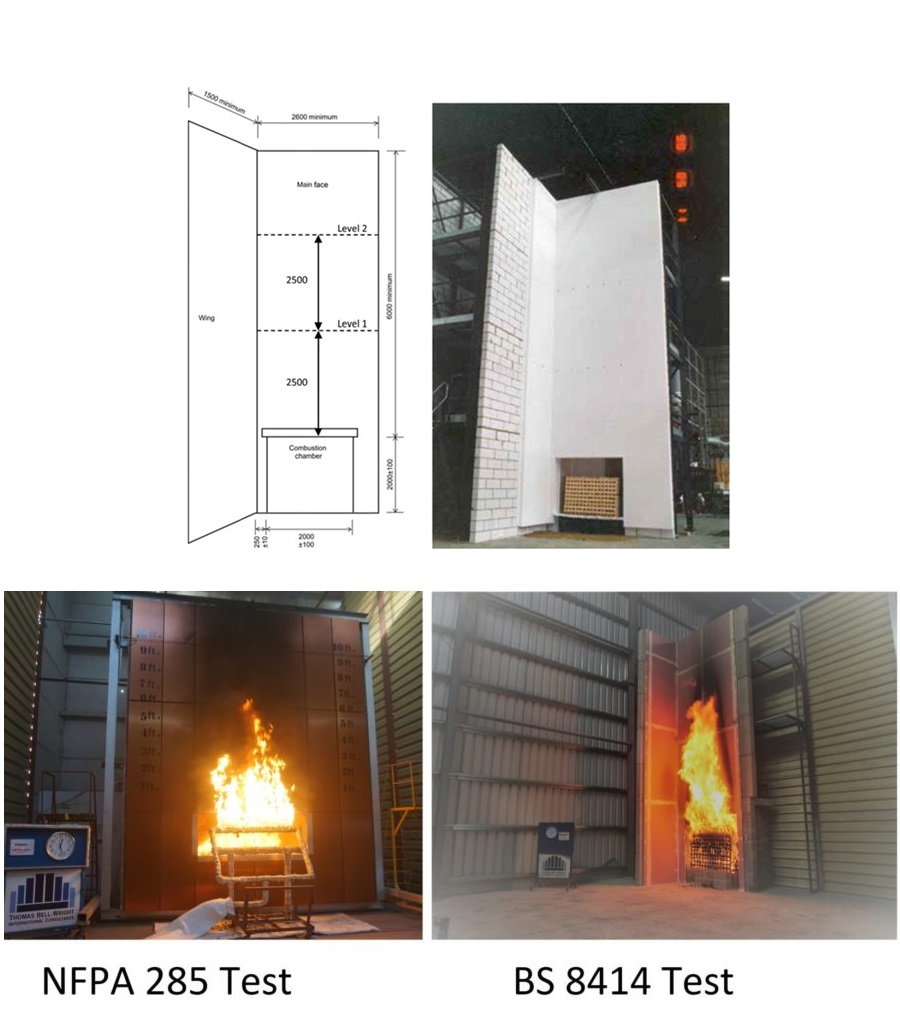Combining the effort by our research members, we have carried out a review on the past fire scenarios involving external wall systems. Please refer to the following link for this latest publication:
Abstract:
Multifunctional building façades have become an increasingly critical component in modern buildings, especially after the tremendous scrutiny triggered by the utilization of combustible aluminum cladding panels (ACP) in the construction sector. Following the massive effort by both industry and government agencies to reduce the fire risks of combustible façades in recent years, façades with insufficient fire ratings have been forced to be removed or treated with fire-resistive measures. Our review aims to provide an in‐depth overview of the previous developments and current progress for establishing relevant fire standards with regards to ACPs, from an Australian standpoint. The fire spread mechanisms associate with ACPs, and their potential hazards were discussed. Furthermore, the current building regulations for ACPs have been reviewed, including detailed experimental procedures and rating criteria for all existing international standards. To address the research knowledge gap in terms of the understanding of the cladding fire mechanisms, and combustibility of existing ACP polymer composites, recent advancement in experimental and numerical studies has been summarized and discussed to identify the critical issues and concerns for current ACP products. Future perspectives involving cutting‐edge approaches such as computational fluid dynamics (CFD) modeling coupled with artificial neural network (ANN) optimization are advocated in this article. Additionally, fundamental material characterization techniques using molecular dynamics (MD) approaches can be implemented to deliver a better description of the degradation kinetics and smoke/toxicity generations.

